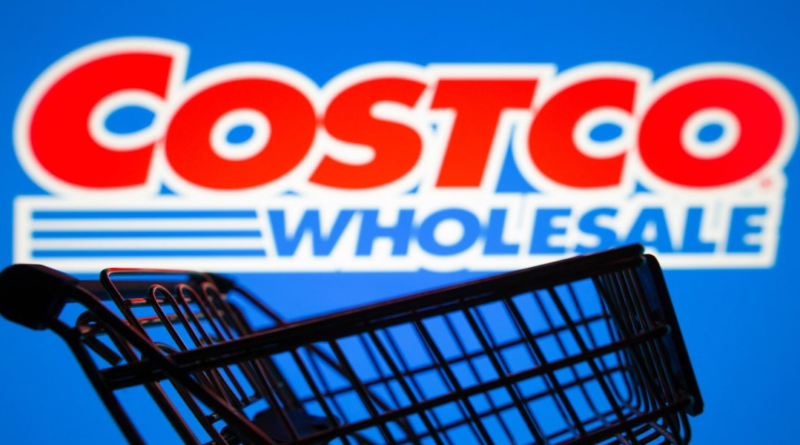Costco’s former CFO on ‘when, not if’ the $60 membership fee will go up: ‘It’s not some big analytical formula’
Costco members can rest easy—for now. The wholesaler earlier this month did not increase its $60 annual membership fee during its earnings call, but that doesn’t mean it won’t in the future. Indeed, former CFO Richard Galenti told analysts that it’s a matter of “when, not if.”
But, he clarified, Costco won’t just raise the price if sales start falling off: “I don’t think it would be done simply because, hey, things have slowed down a little bit.” He said the company would also look at other factors such as membership renewal rates and new sign-ups.
At the same time, he added, “it’s not some big analytical formula,” but rather something Costco simply plans to do “at some point.”
That explanation might leave some wondering how exactly the company prices its membership program and what exactly would inform any future increase. However, some experts say that’s a difficult question to answer, in part because membership and loyalty programs are often supplementary revenue streams.
“Most of it’s going to be pure profit,” Wayne Taylor, marketing professor at Southern Methodist University who has researched loyalty programs, told Retail Brew. “If you look at Costco, you have to realize they’re using these membership fees to pay for the rest of their goods.”
More fees, more profits
As Taylor pointed out, membership fees generated $4.5 billion in revenue in 2023, which is 72% of its total income of $6.3 billion.
- While membership fees contribute a smaller portion of net income at Walmart Inc., which includes both its members-only wholesaler Sam’s Club and its namesake big-box chain, they are expected to make up a bigger chunk of profits going forward. The company said it expects fees from its Walmart+ membership program and advertising to represent 20% of annual operating income in fiscal year 2025.
So why raise the price of membership as Costco is hinting?
Taylor said it could be a matter of sticking a “Band-Aid” on a business that is struggling in other areas (as Costco’s Galanti explicitly denied the company would do) or retailers might just be trying to see “what they can get away with” before the price point starts scaring away customers. On the latter point, he said retailers have a certain amount of slack before that starts to happen.
“What are you going to do, cancel your Costco membership because it’s another $5 a year?” he said. “I think they get that they have a bit of leverage here.”
For those non-warehouse companies that launched membership programs more recently, competition also appears to be a guide for pricing decisions.
Target, for example, just launched its membership program at a promotional price point of $49 for the first year for Target Circle Card holders and $99 annually for everyone else. That’s exactly one dollar more per year than Walmart+ but still $40 less than an annual Amazon Prime membership.
“Competition is definitely an issue,” Yuping Liu-Thompkins, marketing professor at Old Dominion University, told Retail Brew. “Right now, [Target’s membership program] is still under Amazon’s membership, but they’re not offering as much benefit either. So in a way it’s a combination of what the competition is charging for these kinds of things, as well as what is the comparable benefit that you’re offering versus others.”
This article was initially published in Retail Brew, a branch of Morning Brew.




